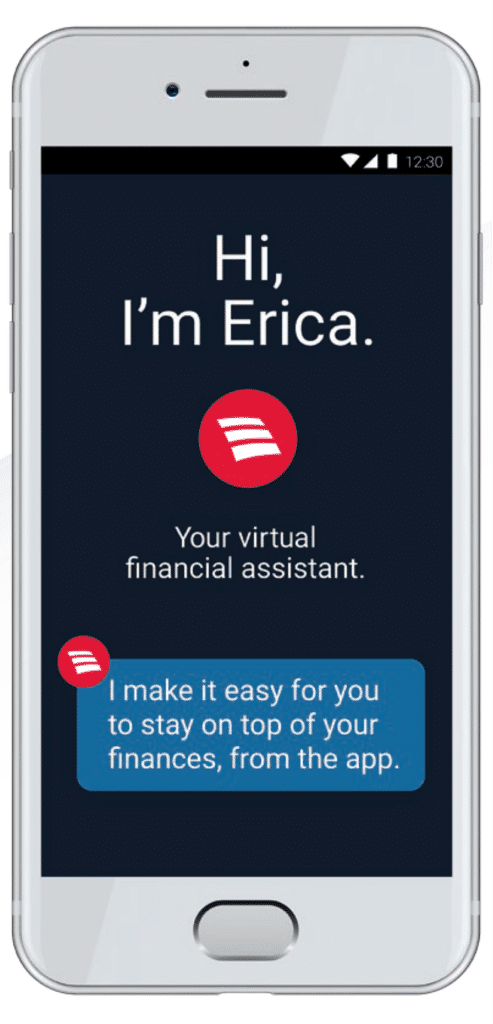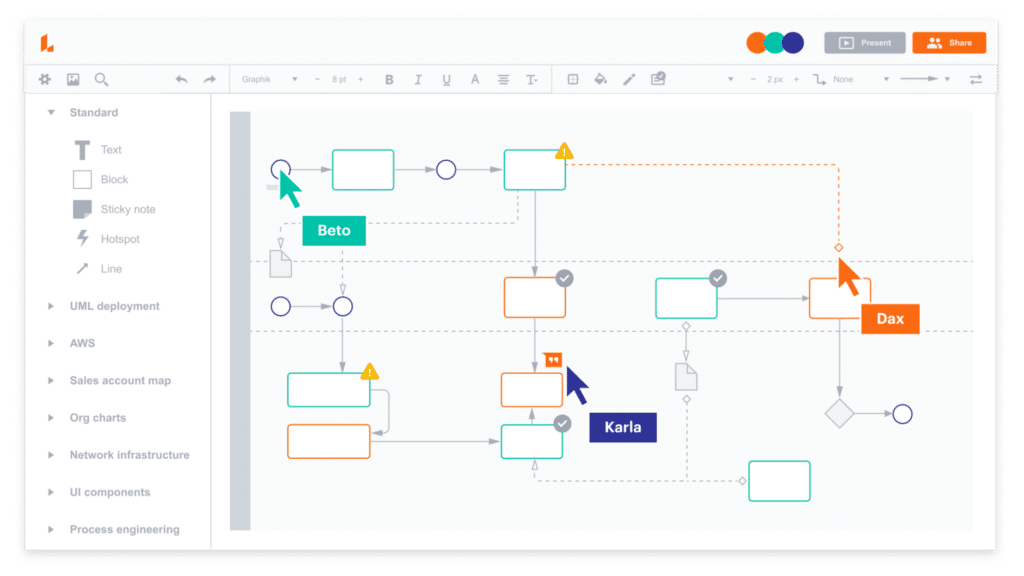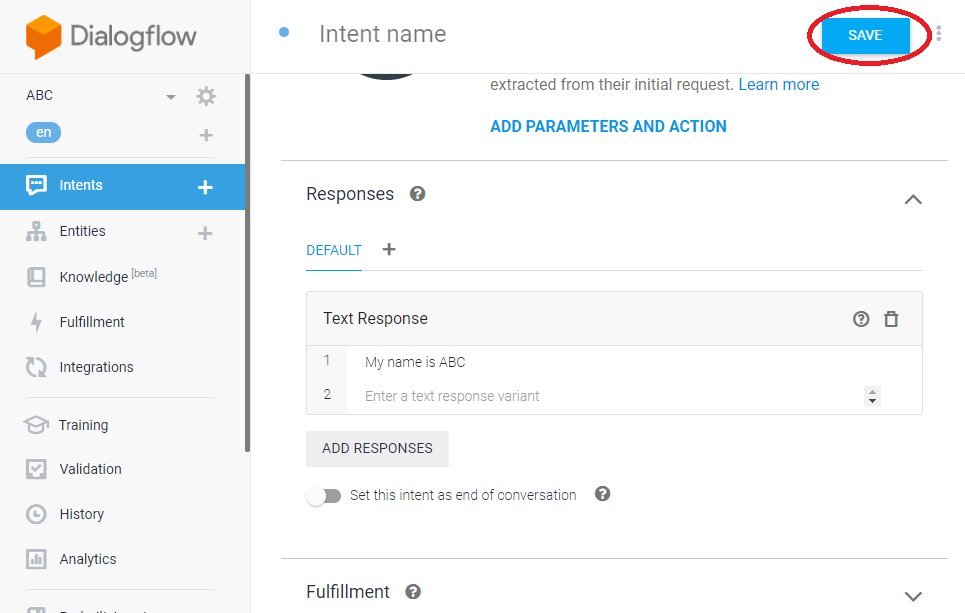How to Implement Chatbots in Banking: 4 Key Steps to Boost Efficiency

Table of contents
Chatbots are growing rapidly in the banking industry. Why, you ask?
It’s simple: today’s customers expect instant responses, round-the-clock service, and a seamless experience. Traditional customer service models in banking often struggle to meet these demands. Long wait times and limited support hours frustrate customers whereas repetitive queries overload support teams.
On a Reddit thread discussing the efficacy of chatbots in banking, a user writes:
“Quite useful for basic stuff, had a few queries with the bank happily sorted through their chatbot. But none of them were particularly taxing questions I doubt.”
And it’s true. Despite concerns that chatbots may not offer the same level of personal interaction as human agents, their ability to provide efficient, accurate help with basic services has made them indispensable in the financial industry.
In this guide, we’ll explore how chatbots can be used in the banking sector, their importance, and steps to get started.
What Are Chatbots in Banking?
In the simplest terms, chatbots in banking are AI-powered tools designed to automate customer interactions. These bots can handle everything from answering common customer queries, such as checking account balances or locating the nearest branch, to more complex tasks like assisting with loan applications or detecting fraudulent activities.Take Bank of America’s chatbot, “Erica,” as an example. Launched in 2018, Erica is an AI-driven virtual assistant and is one of the most well-known banking chatbots, offering customers everything from balance inquiries to personalized financial tips. Erica also proactively alerts customers to potential fraud, making it a key player in customer protection.
With Erica, Bank of America grew its revenue by 19%. This success is a great example of how chatbots can not only provide customer service, but even contribute to the revenue.

Note: It’s easy to confuse chatbots with virtual assistants or live agents. However, chatbots typically handle repetitive, high-volume tasks, while virtual assistants—like Apple’s Siri or Amazon’s Alexa—can manage more dynamic, personalized interactions. Live agents, on the other hand, handle even more complex customer issues that require human judgment or empathy
Why Chatbots Are Essential in Banking
As banking becomes increasingly digital, the role of chatbots continues to grow. Customers today want immediate, hassle-free service, and chatbots are instrumental in helping banks meet these expectations.
- Improved Customer Experience: Chatbots provide instant responses, drastically reducing wait times for customers. A customer can check their account balance, transfer funds, or get real-time answers to their questions 24/7, without needing to visit a branch or wait on hold.
- Cost Efficiency: By automating repetitive tasks, chatbots free up human agents to focus on more complex queries. This not only reduces operational costs but also enhances productivity. According to a Juniper Research report, chatbots are expected to save banks up to $7.3 billion globally by 2023.
- Increased Security: AI-powered chatbots can enhance security by detecting unusual activities, flagging potential fraud, and ensuring that all interactions comply with banking regulations. Many chatbots use encryption and AI to ensure that sensitive customer information is protected.
- Scalability: Chatbots can handle a massive volume of queries at any time, which is especially helpful during peak hours or crises. Unlike human agents, chatbots don’t require breaks, which makes them ideal for handling surges in customer inquiries without compromising service quality.
By incorporating chatbots into their services, banks are not just providing quick and efficient customer support—they are also future-proofing their operations by ensuring they can meet growing customer demands without inflating costs.
Wondering what to look for in a chatbot? Know more with this comprehensive checklist.
4 Steps to Get Started With Chatbots in Banking
To successfully integrate chatbots into your banking services, you need a well-thought-out strategy. Below are the key steps to get started:
Step 1: Identify Use Cases for Your Chatbot
The first step is identifying which areas of your bank will benefit most from chatbot implementation. Start by analyzing your customer interactions—look at the most common queries and pain points. Are customers frequently asking for basic information like branch locations, balance checks, or transaction details? Are they looking for assistance with loan applications or card replacements?
Why it helps: By pinpointing specific tasks for automation, you can focus your chatbot’s capabilities on solving key customer pain points and improving satisfaction. For instance, Bank of America’s Erica was designed to help with common customer tasks like reviewing transaction histories or managing budgets, which significantly reduced the workload on live agents.
How to get started:
- Use tools like Lucidchart to visualize the typical customer interaction journey and identify where chatbot intervention would be most helpful.

- Prioritize areas like customer support, loan processing, or fraud detection—tasks that require constant attention but are repetitive and time-consuming.
Step 2: Develop a Conversational Framework
Once you’ve identified where to use your chatbot, the next step is designing its conversational flow. Your chatbot should provide smooth, human-like interactions that guide customers effortlessly through their queries. Build a conversational framework that covers expected and unexpected questions, ensuring the bot can handle various interactions seamlessly.
Why it’s necessary: A well-structured chatbot not only improves customer experience but also ensures that complex queries are routed to the appropriate support channels when necessary. Banks like HSBC use conversational frameworks to provide seamless transitions between chatbot interactions and live agents for more complicated issues.
How to get started:
- Use platforms like Dialogflowtools which allow you to design and test conversational flows that mimic real human interactions.

- Ensure the chatbot can escalate the conversation to a live agent if the customer’s issue cannot be resolved through automation.
Step 3: Ensure Compliance and Security
In the banking industry, security and compliance are non-negotiable. As chatbots handle sensitive financial data, it’s crucial to ensure that all interactions comply with local regulations and security standards. This includes ensuring encryption, two-factor authentication, and ongoing monitoring for fraudulent activities.
Why it matters: Customers expect their personal information to be protected, and any breach could severely damage your bank’s reputation and result in heavy regulatory fines. Kasisto, a platform specializing in banking chatbots, emphasizes the importance of robust security measures like encryption and compliance with KYC (Know Your Customer) regulations.
How to get started:
- Use platforms like Kore.ai which specialize in creating compliant, secure chatbot environments for financial institutions.
- Perform regular security checks and audits to ensure compliance with evolving regulations and security standards.
Step 4: Gather Feedback and Optimize Continuously
After launching your chatbot, it’s essential to continuously gather customer feedback and optimize its performance. No chatbot is perfect at launch, but with ongoing adjustments based on user input, it can become a powerful tool for improving customer satisfaction.
Why it’s necessary: Feedback helps you identify gaps in the chatbot’s functionality and areas where it can be improved. Institutions like Wells Fargo use real-time customer feedback to refine their chatbot’s capabilities and add new features based on customer needs.
Wells Fargo’s virtual assistant chatbot, named Fargo, has recently received several updates and new features based on customer feedback and usage. Here are some of the recent additions:
1. Voice input capability: In May 2023, Wells Fargo added the ability for customers to use their smartphone microphone to talk to Fargo, allowing for voice-based interactions.
2. AI-driven spending insights: Fargo now provides AI-powered insights to help customers better understand their spending habits and access actionable tips about their finances.
3. Spanish language support: Wells Fargo plans to add support for Spanish interactions with Fargo
4. Voice input capability: In May 2023, Wells Fargo added the ability for customers to use their smartphone microphone to talk to Fargo, allowing for voice-based interactions.AI-driven spending insights: Fargo now provides AI-powered insights to help customers better understand their spending habits and access actionable tips about their finances.Spanish language support: Wells Fargo plans to add support for Spanish interactions with FargoPaycheck posting reminders: The chatbot will offer reminders about paycheck postings to help customers better manage their finances.
The bank has seen significant adoption of the virtual assistant, with over 20 million interactions since its launch in March 2024, and expects it to handle up to 100 million interactions per year as more features are added
How to get started:
- Leverage analytics tools like Ada that provide real-time insights into chatbot performance, helping you identify areas for improvement.
- Allow customers to rate their chatbot experience and suggest improvements. This keeps the chatbot relevant and aligned with customer needs.
Use Chatbots to Provide Fast and Consistent Support in Banking
To put it simply, chatbots are transforming how banks interact with their customers. In an era where customers demand fast, personalized, and efficient services, chatbots have started meeting these expectations. From reducing operational costs to enhancing customer satisfaction, the benefits are clear: chatbots in banking are no longer just a trend—they’re the future.
As a customer, I appreciate the convenience and efficiency chatbots provide, from managing my account details to receiving instant answers at any time of day. For banks, integrating chatbots means more than just keeping up with technology; it’s about staying ahead in an increasingly competitive and digital landscape.

































